This 6-part blog series explores the use of MEMS Accelerometers for vibration monitoring in construction and blasting applications, and the five most prevalent issues with these devices, as outlined in Instantel’s recent white paper, “Limitations of MEMS Accelerometers for Vibration Monitoring Systems.”
Instantel’s paper concluded that, when it comes to vibration monitoring for construction and blasting applications, data from MEMS Accelerometers can be unreliable when measuring high frequency vibrations caused by explosives, heavy construction equipment, jackhammers, pile drivers and similar activities. The paper outlined five major concerns, including:
- Vibration Rectification Error (VRE)
- Operational limits at high frequencies
- Aliasing
- Noise and the noise floor
- Regulatory compliance
Concern #4: Limitations Due to Noise
For vibration measurement purposes, noise is defined as an unwanted signal or output that does not represent true vibration. The less noise, the better – as smaller vibrations can be detected when there is less noise. The noise floor represents the measurement of the sum of all noise sources. When monitoring vibrations, any signal that is either at or below the noise floor level indicates that there is no vibration occurring.
MEMS accelerometers, like all electronic amplifiers, can create their own noise that must be taken into account when analyzing data produced by these devices. This noise can be produced from the device’s electronic circuits which converts the detected motion/vibration into a signal, or from small moving parts in the sensor (also known as mechanical noise).
Noise becomes a more significant factor at low vibration frequencies. It is crucial for vibration measuring devices to have low noise at low frequencies because when low vibration levels are present, the noise that is generated by the accelerometer can generate false triggers, falsely indicating the presence of vibration and negatively affecting the reliability of the data.
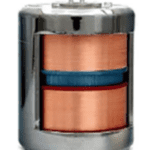
Solenoid geophone
Read Instantel’s findings here. “Limitations of MEMS Accelerometers for Vibration Monitoring Systems.”
Part 6 of this 6-part blog series will focus on regulatory compliance.
-
 Wildfire Cleanups and Recovery: Perimeter Air Quality Monitoring
Wildfire Cleanups and Recovery: Perimeter Air Quality Monitoring -
 Protection from Wildfire Smoke – California, Washington and Oregon
Protection from Wildfire Smoke – California, Washington and Oregon -
 What is Respirable Silica Dust and Why Do You Need to Monitor It?
What is Respirable Silica Dust and Why Do You Need to Monitor It? -
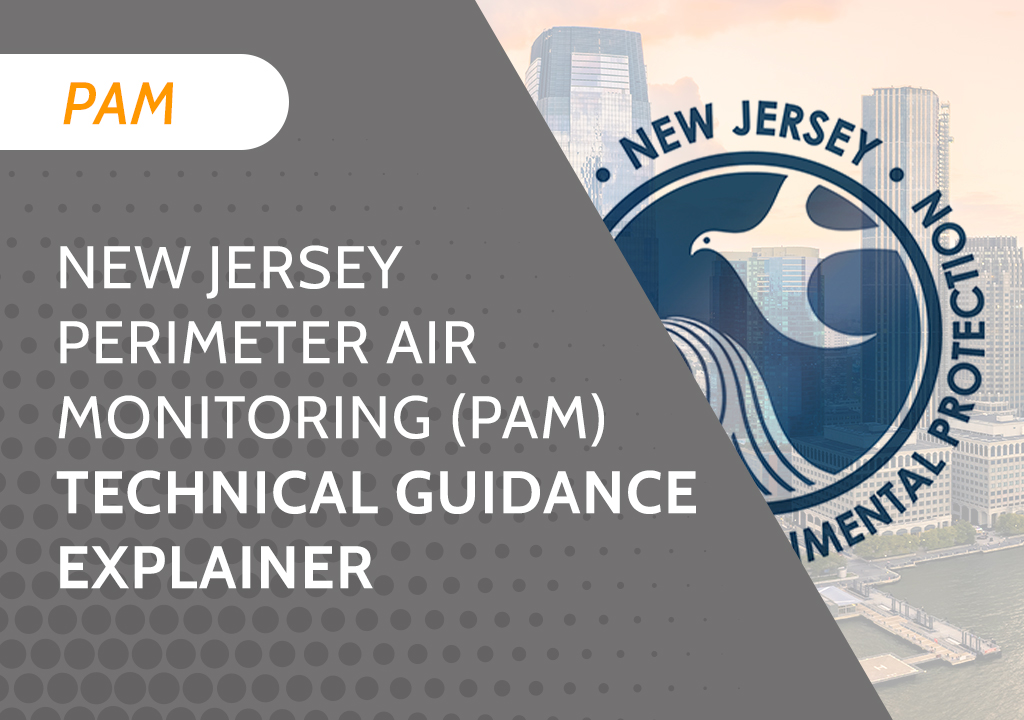 New Jersey Perimeter Air Quality Monitoring (PAM) Technical Guidance Explainer
New Jersey Perimeter Air Quality Monitoring (PAM) Technical Guidance Explainer -
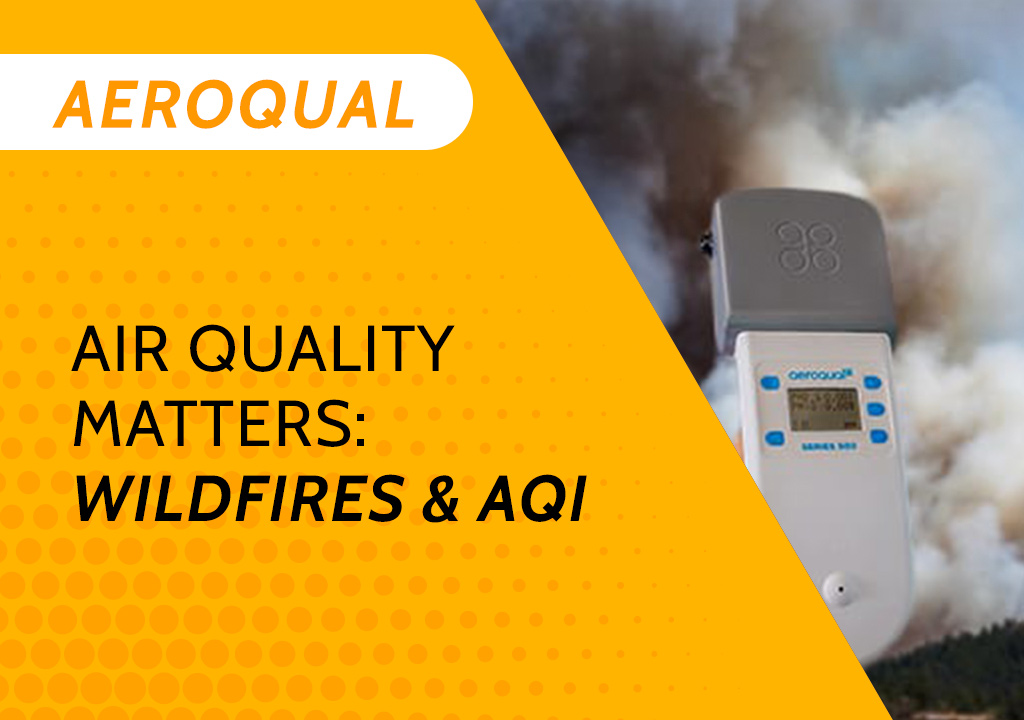 Air Quality Matters: Wildfires & AQI
Air Quality Matters: Wildfires & AQI -
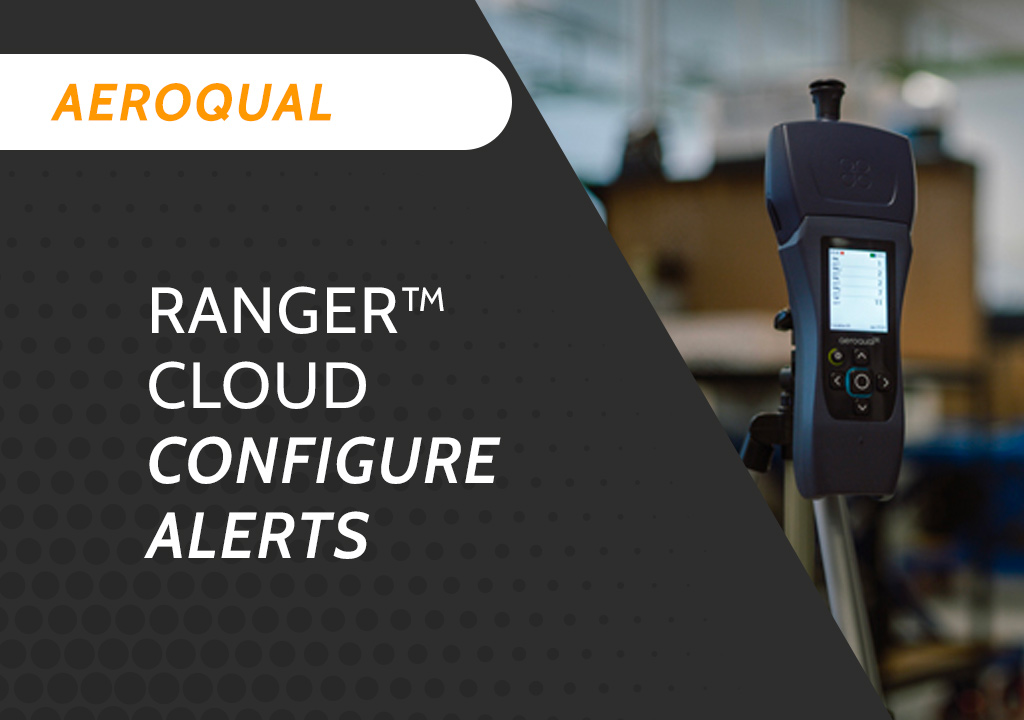 Aeroqual Ranger™ Cloud from Specto Technology - Configure Alerts
Aeroqual Ranger™ Cloud from Specto Technology - Configure Alerts -
 Aeroqual Ranger™ Cloud from Specto Technology - Connect to Wi-Fi
Aeroqual Ranger™ Cloud from Specto Technology - Connect to Wi-Fi -
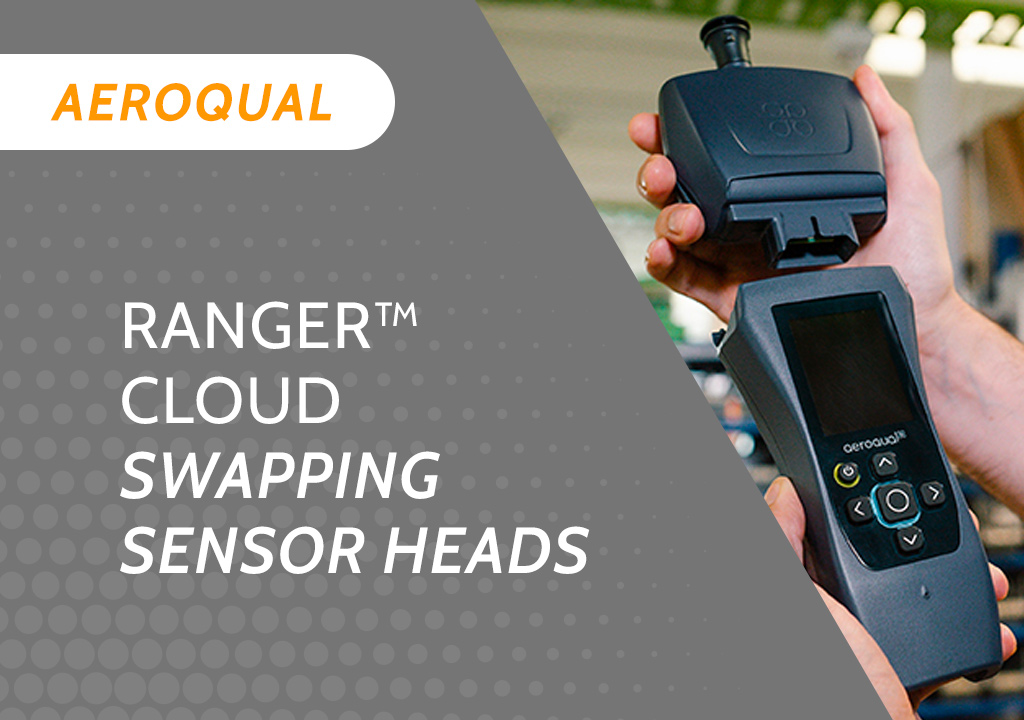 Aeroqual Ranger™ Cloud from Specto Technology - Swapping Sensor Heads
Aeroqual Ranger™ Cloud from Specto Technology - Swapping Sensor Heads -
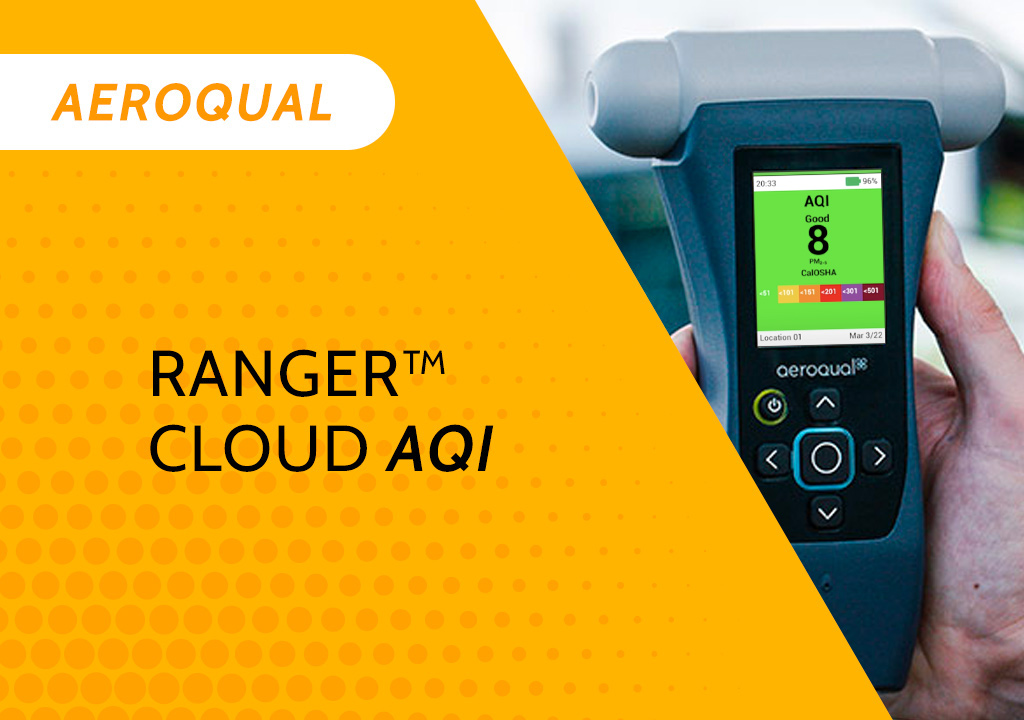 Aeroqual Ranger™ Cloud from Specto Technology AQI
Aeroqual Ranger™ Cloud from Specto Technology AQI -
 Assembly of a pole mounted solar panel system (3 panels)
Assembly of a pole mounted solar panel system (3 panels)
